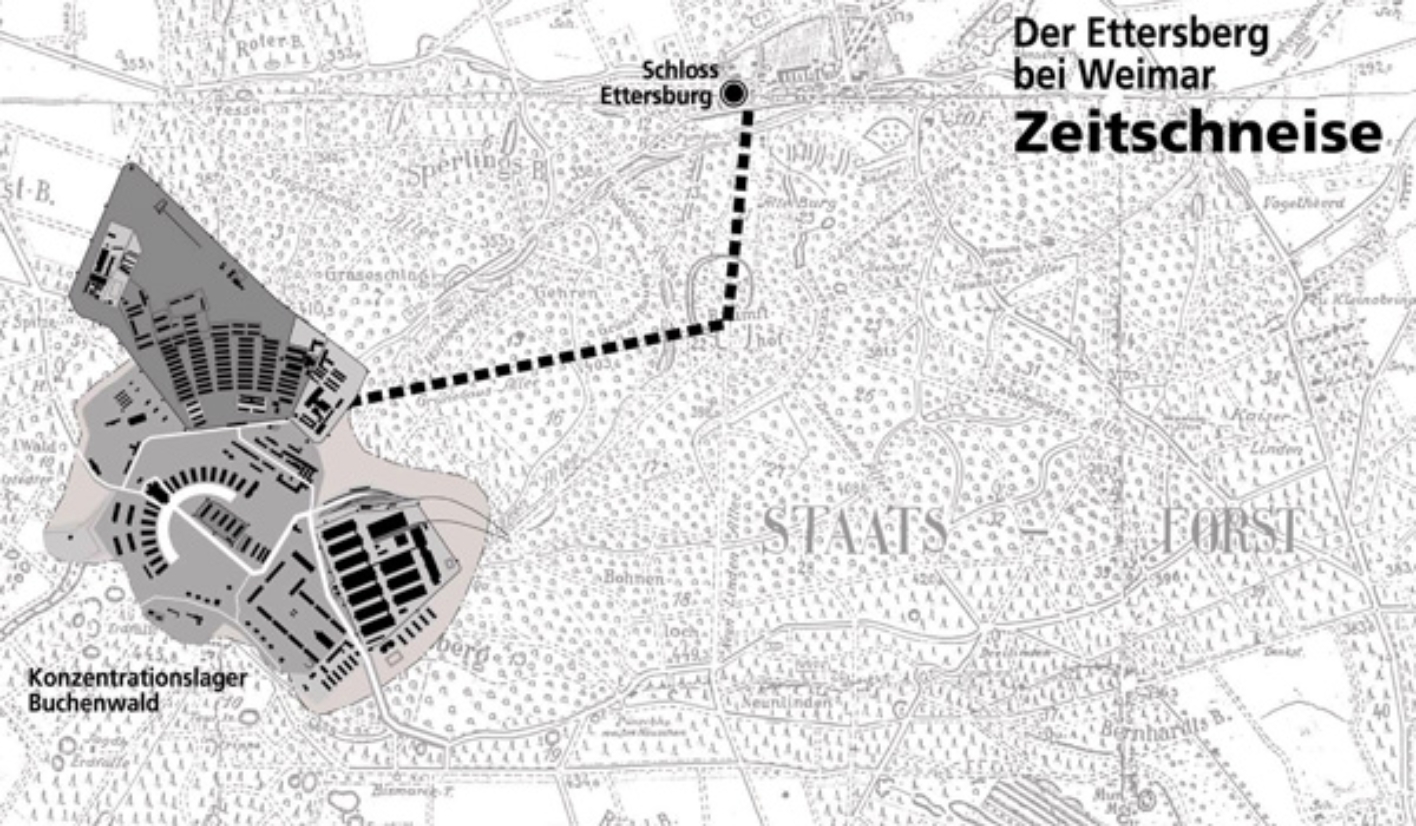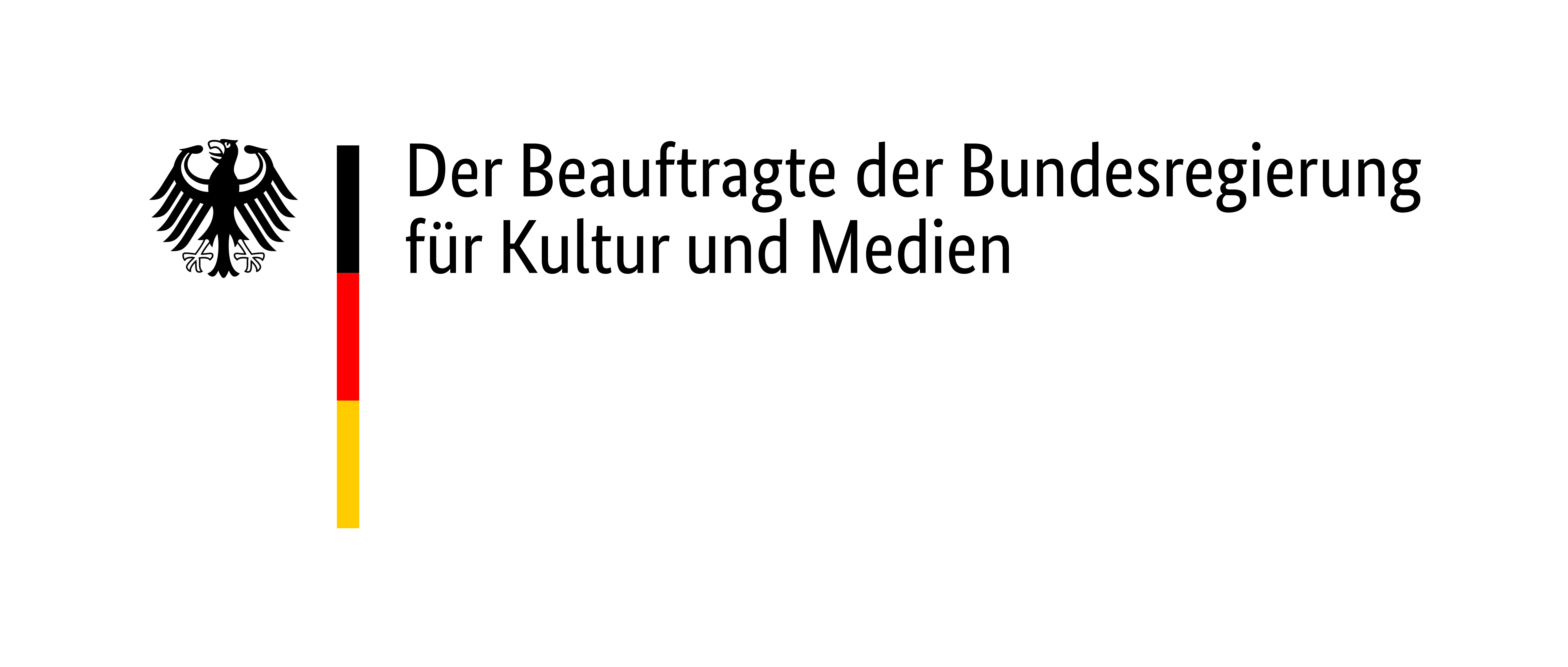©Buchenwald Memorial

The dukes of Weimar used Ettersberg Mountain as a hunting revier from the sixteenth century onward. Across from Ettersburg Castle was a wooded area that included ten forest aisles, so-called "Alleen" used for hunting. They led through the woods in perfectly straight lines. Game was generally driven towards a hunting party on the aisles.
When constructing the concentration camp, the SS oriented the complex along existing roads. The camp entry gate and the upper fence were constructed to run parallel to Grünehausallee. During their everyday routine, the SS also used the old paths leading toward Ettersburg Castle, through the area known as "Willwebersgrund," when they wished to visit a nearby pub. Today these paths lead past the
The "Time Lane" hiking trail begins at the former eastern tower of the armament factory of the Deutsche Ausrüstungswerke (DAW) and follows the old Grünehausallee to the a place where the former hunting aisles meet (Jadgstern). The path then arrives at Ettersburg castle via the so-called "Pücklerschlag" path.
The "Time Lane" was constructed at the initiative of architect Walther Grunwald in conjunction with the recognition of Weimar as a European Capital of Culture in 1999.
(approx. 1 hour; study footwear necessary; return is possible via Willwebersgrund or by the no. 6 bus)

